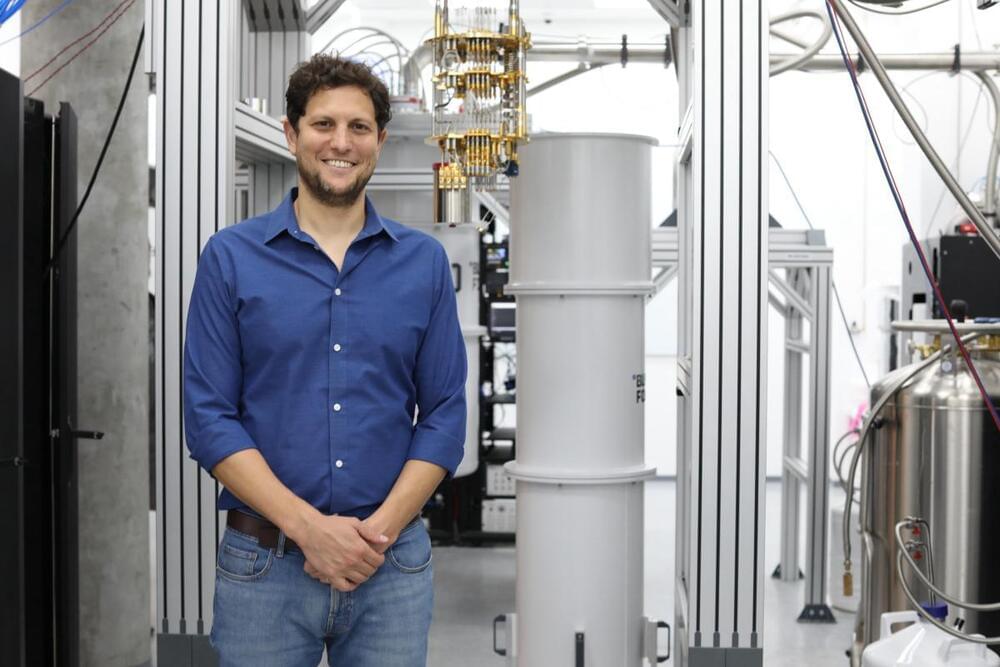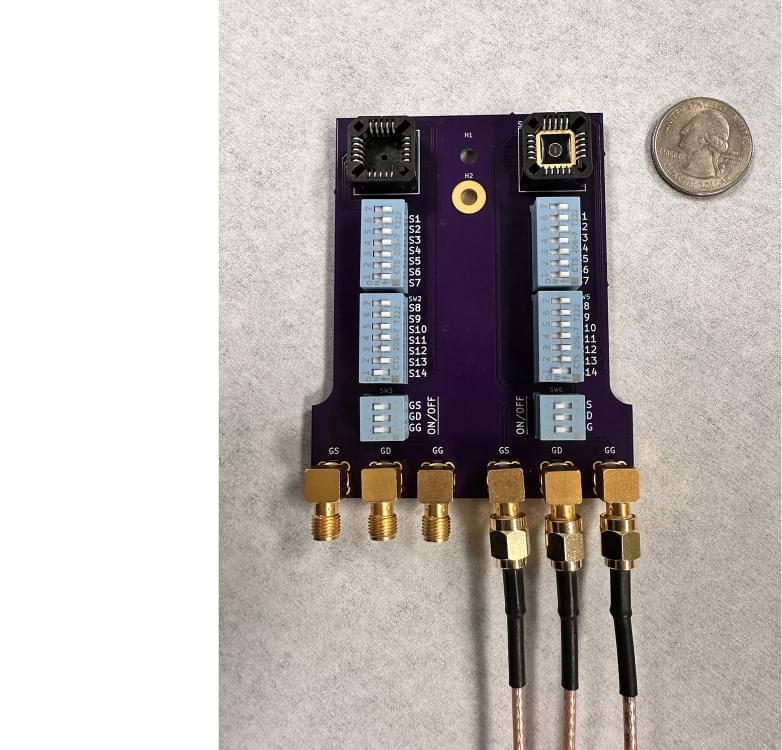About a year and a half ago, quantum control startup Quantum Machines and Nvidia announced a deep partnership that would bring together Nvidia’s DGX Quantum computing platform and Quantum Machine’s advanced quantum control hardware. We didn’t hear much about the results of this partnership for a while, but it’s now starting to bear fruit and getting the industry one step closer to the holy grail of an error-corrected quantum computer.
In a presentation earlier this year, the two companies showed that they are able to use an off-the-shelf reinforcement learning model running on Nvidia’s DGX platform to better control the qubits in a Rigetti quantum chip by keeping the system calibrated.
Yonatan Cohen, the co-founder and CTO of Quantum Machines, noted how his company has long sought to use general classical compute engines to control quantum processors. Those compute engines were small and limited, but that’s not a problem with Nvidia’s extremely powerful DGX platform. The holy grail, he said, is to run quantum error correction. We’re not there yet. Instead, this collaboration focused on calibration, and specifically calibrating the so-called “π pulses” that control the rotation of a qubit inside a quantum processor.






